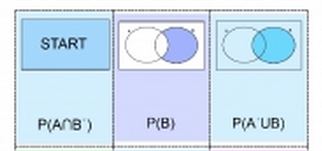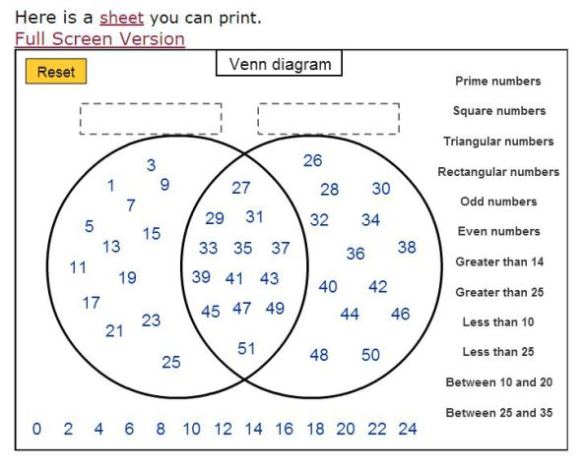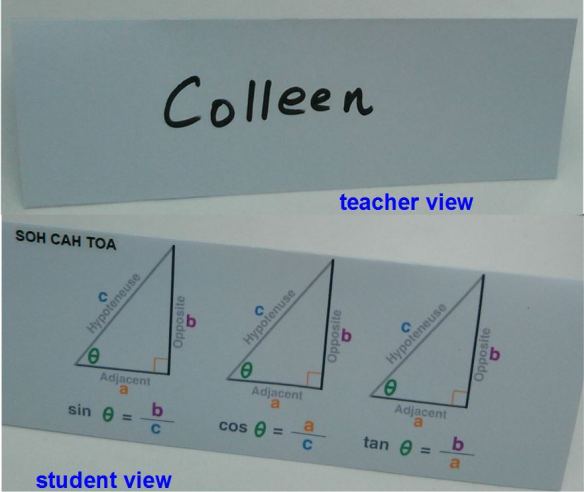Mathematics, Learning and Technology
With Venn Diagrams on the new UK GCSE Mathematics specifications (an excellent addition I believe), and also on other exam specifications, I thought I would update an earlier post on Venn Diagrams and collect resources together.
CIMT is one of my Top >10 websites for a very good reason – when I want additional examples for any topic at any level I can always find them on CIMT! Venn Diagrams is no exception to this, you can find Venn Diagrams in the student interactive resources here and the text chapter on Logic from the Year 7 text here; in sections 1.3 and 1.4 of the text you will find examples and exercises on set notation and Venn diagrams.
Nrich too can always be relied on to provide resources – a search on ‘venn’ returns these resources.
 teachitmaths Venn diagram dominoes
teachitmaths Venn diagram dominoes
From teachitMaths, try Venn diagram dominoes
View original post 164 more words





